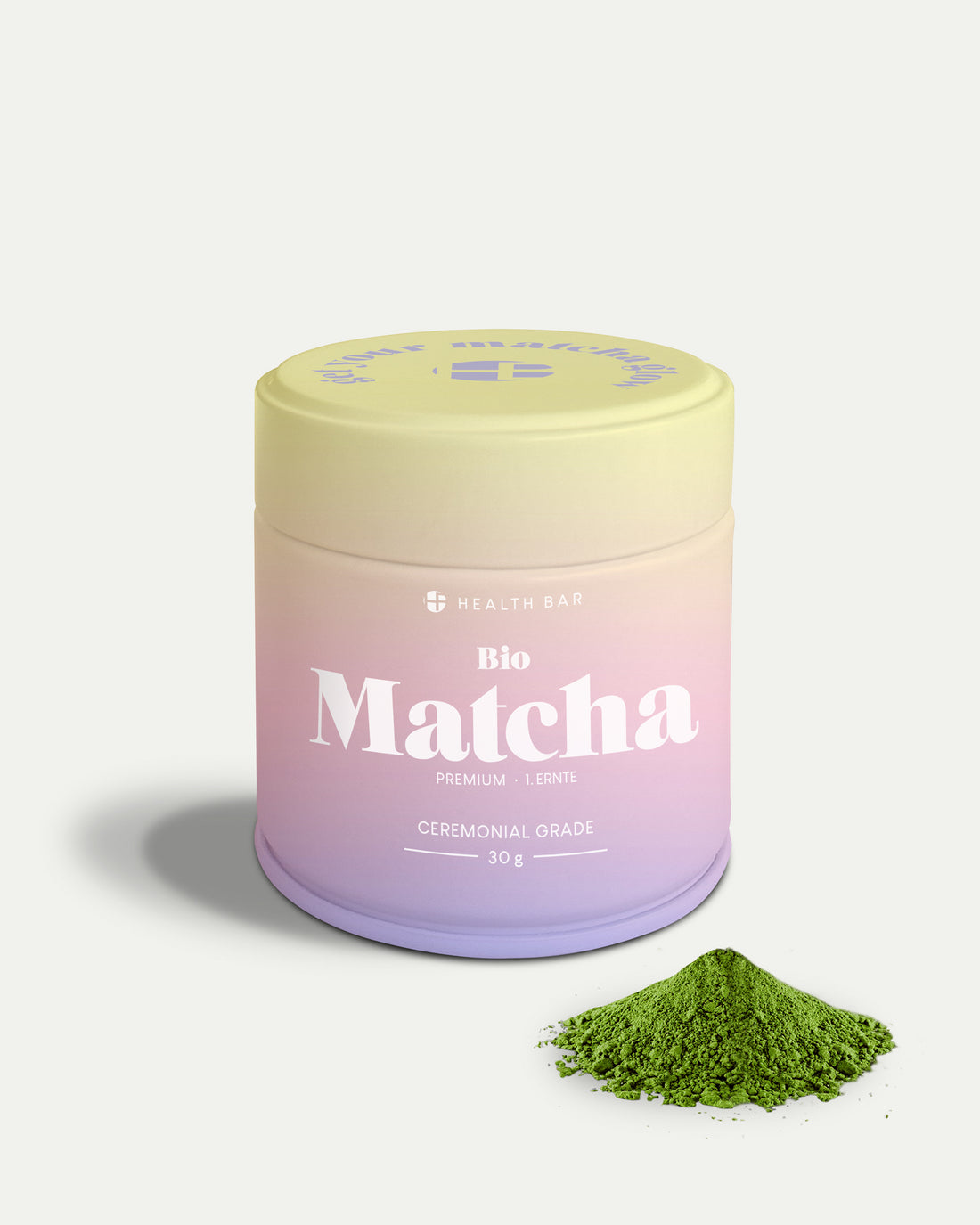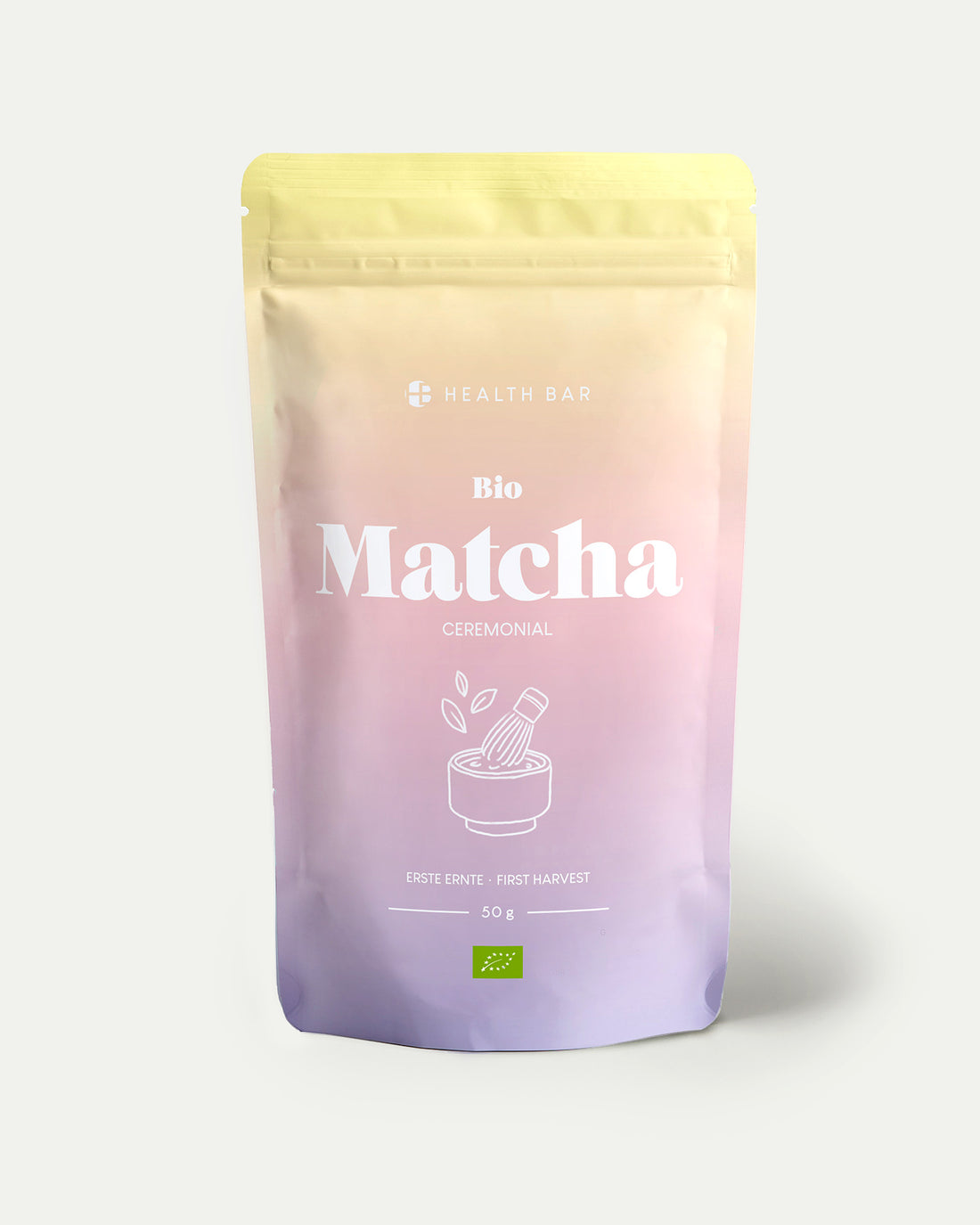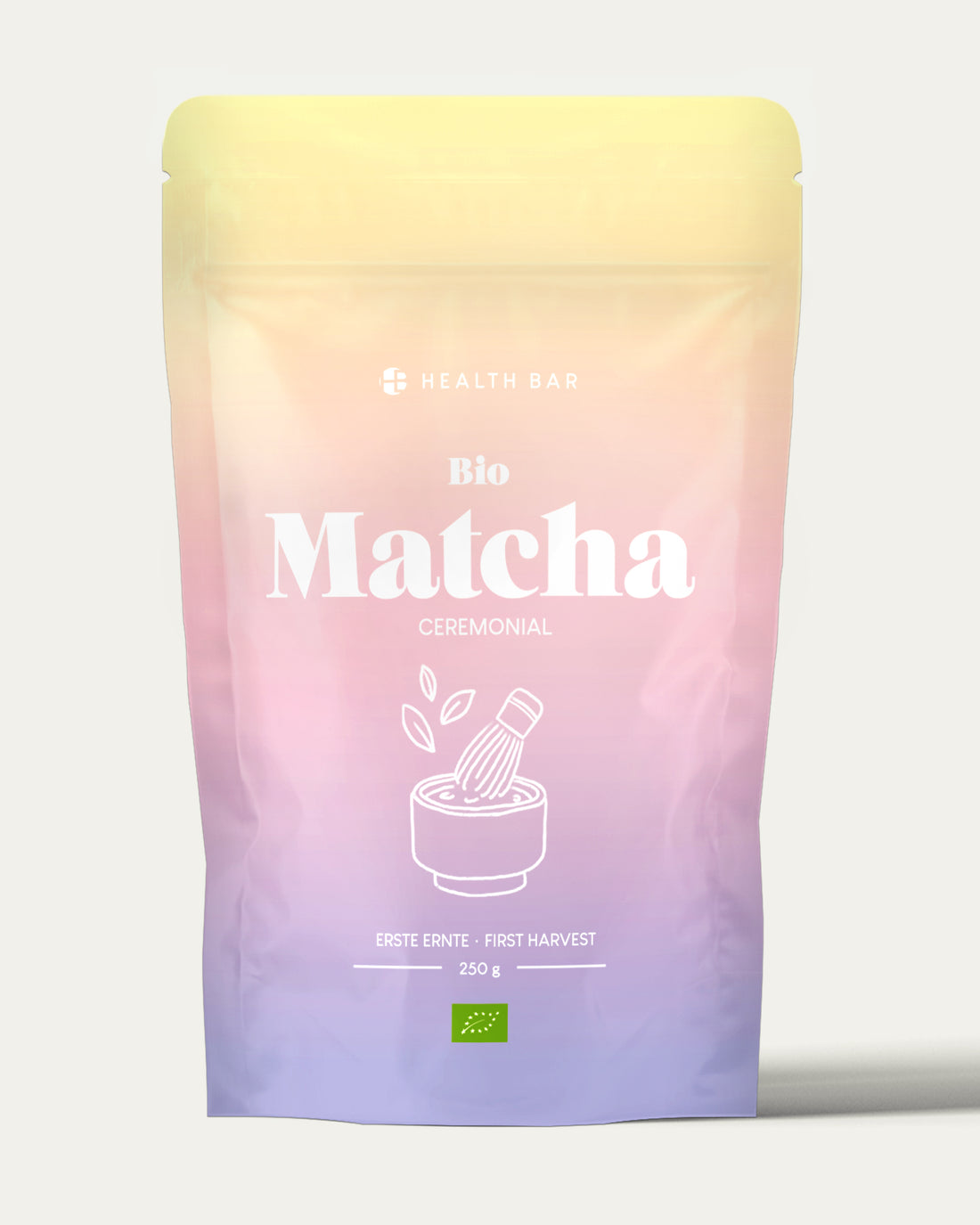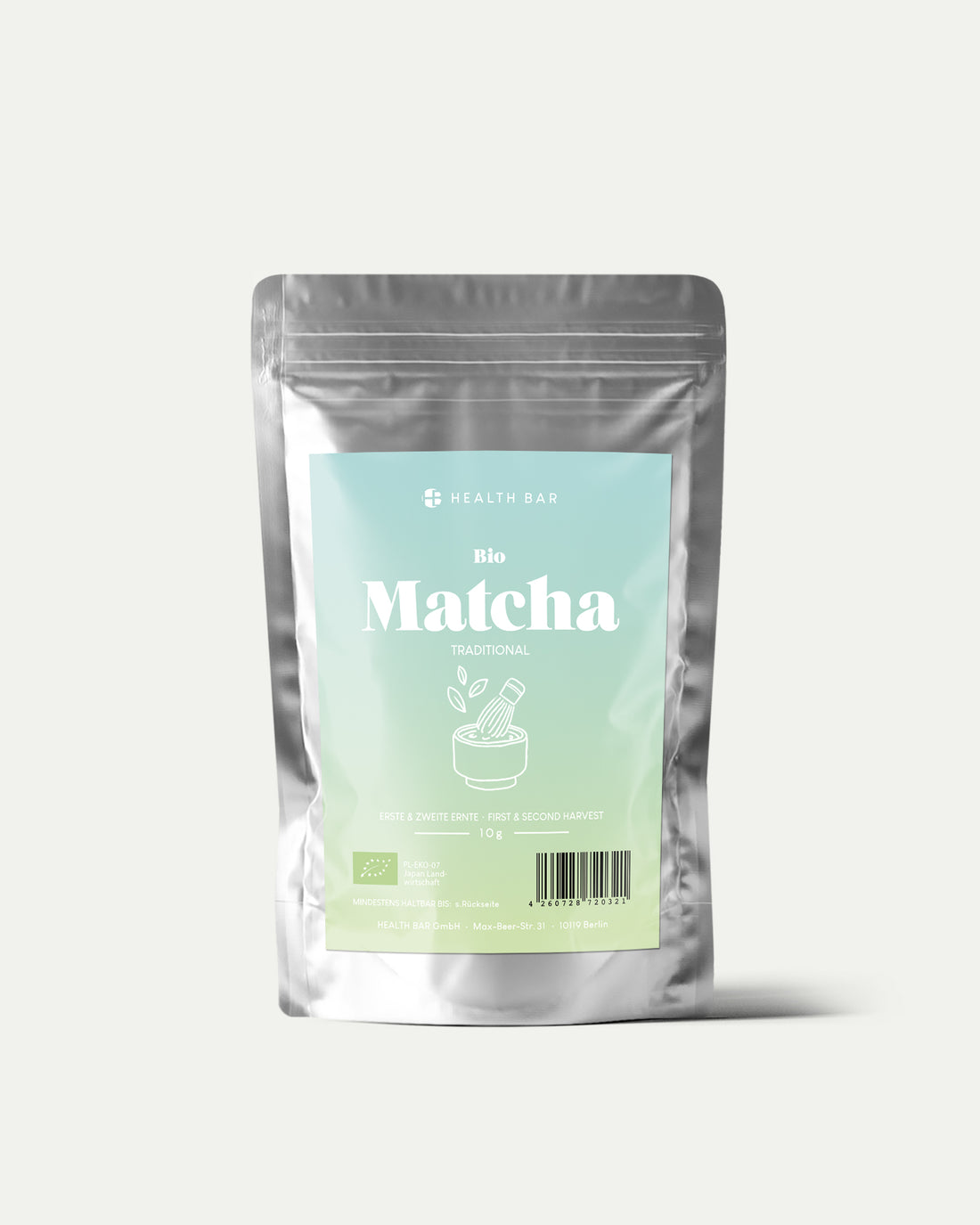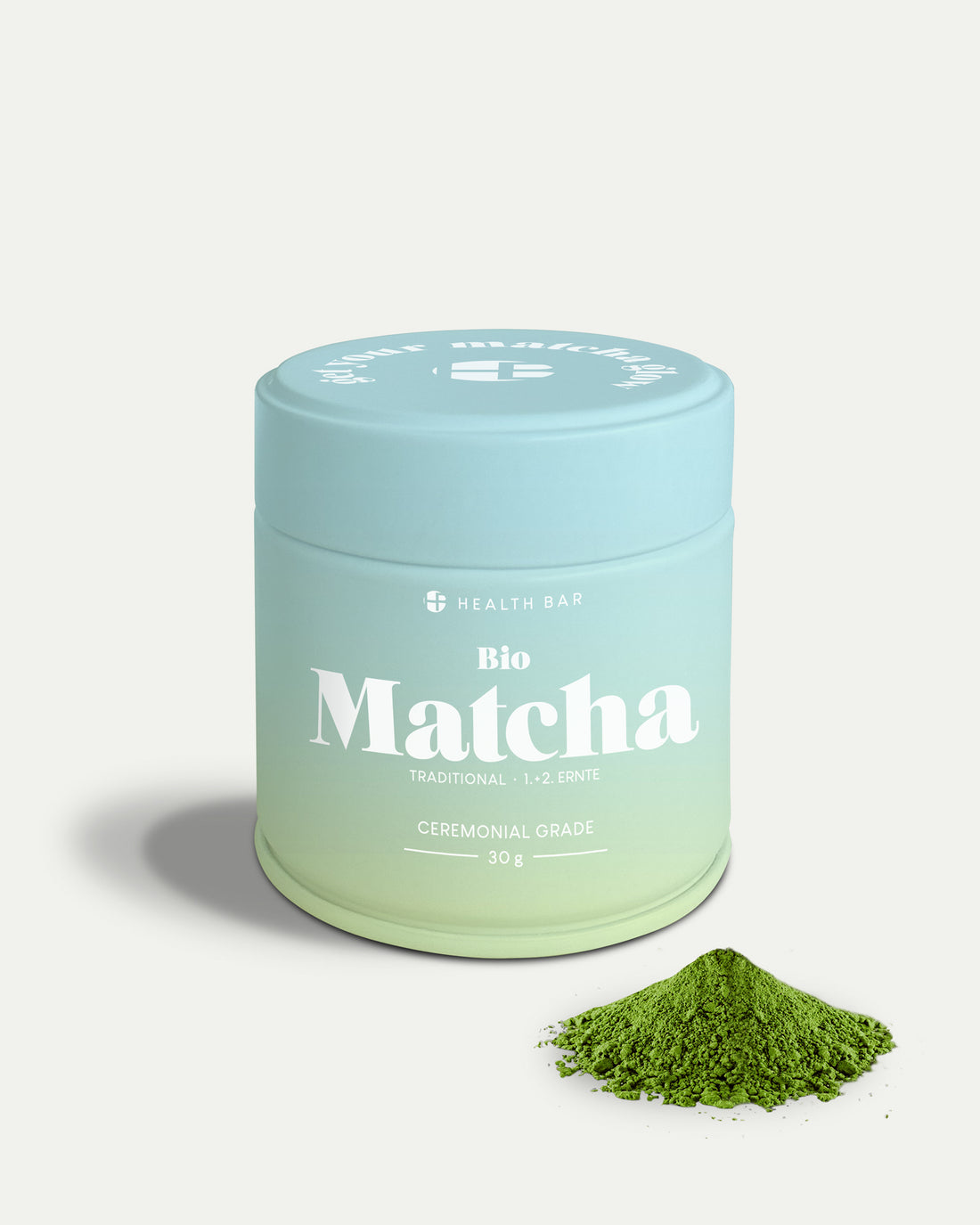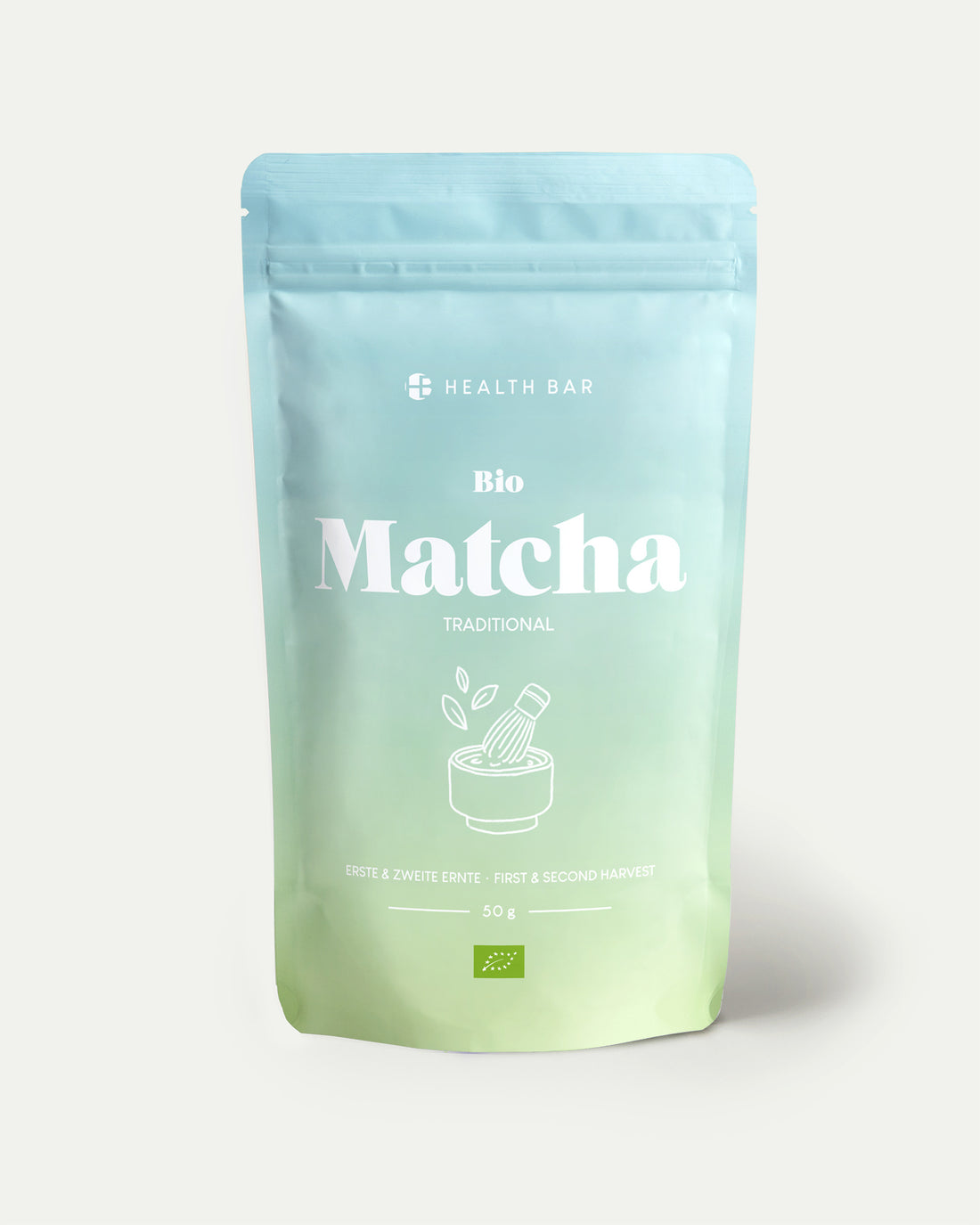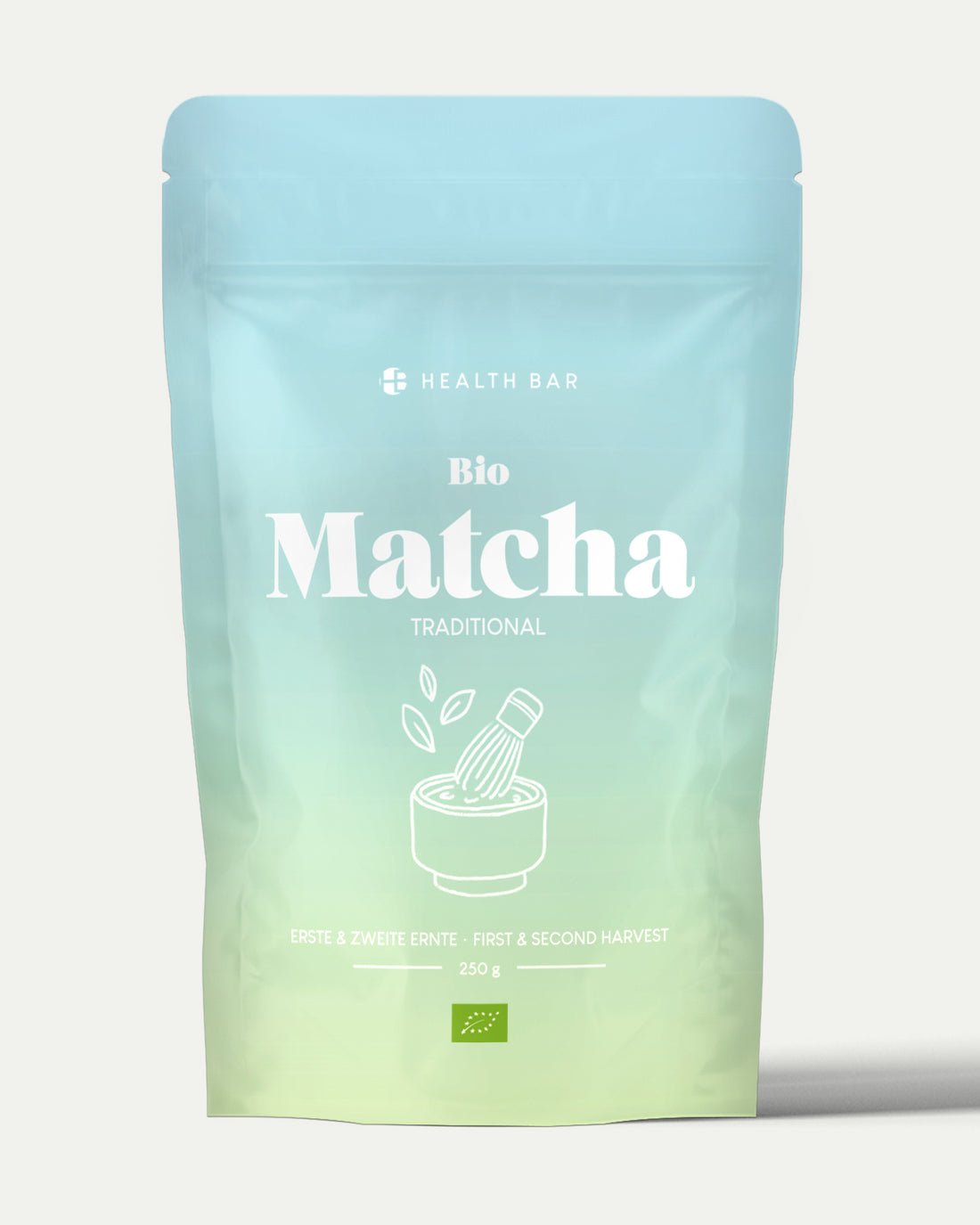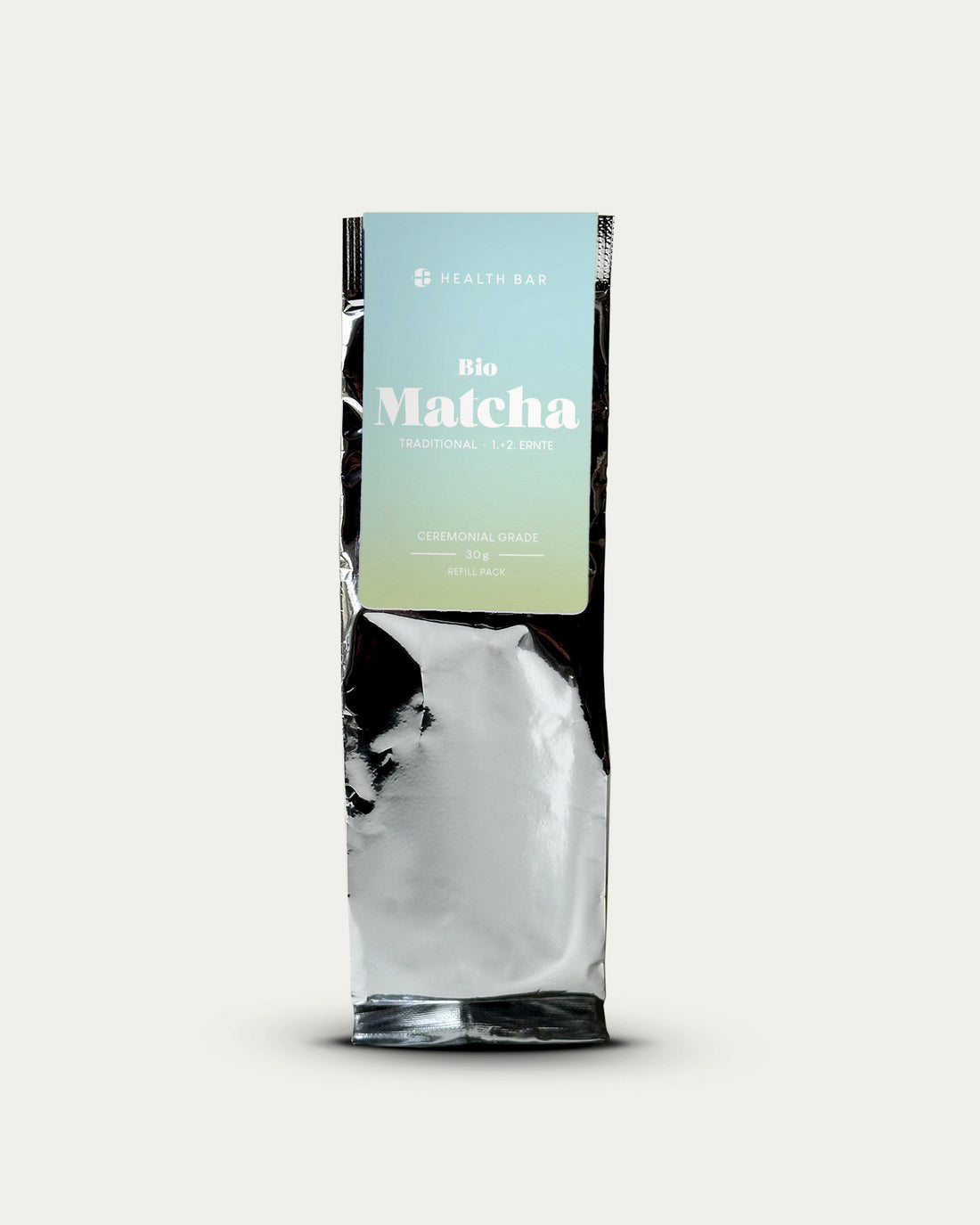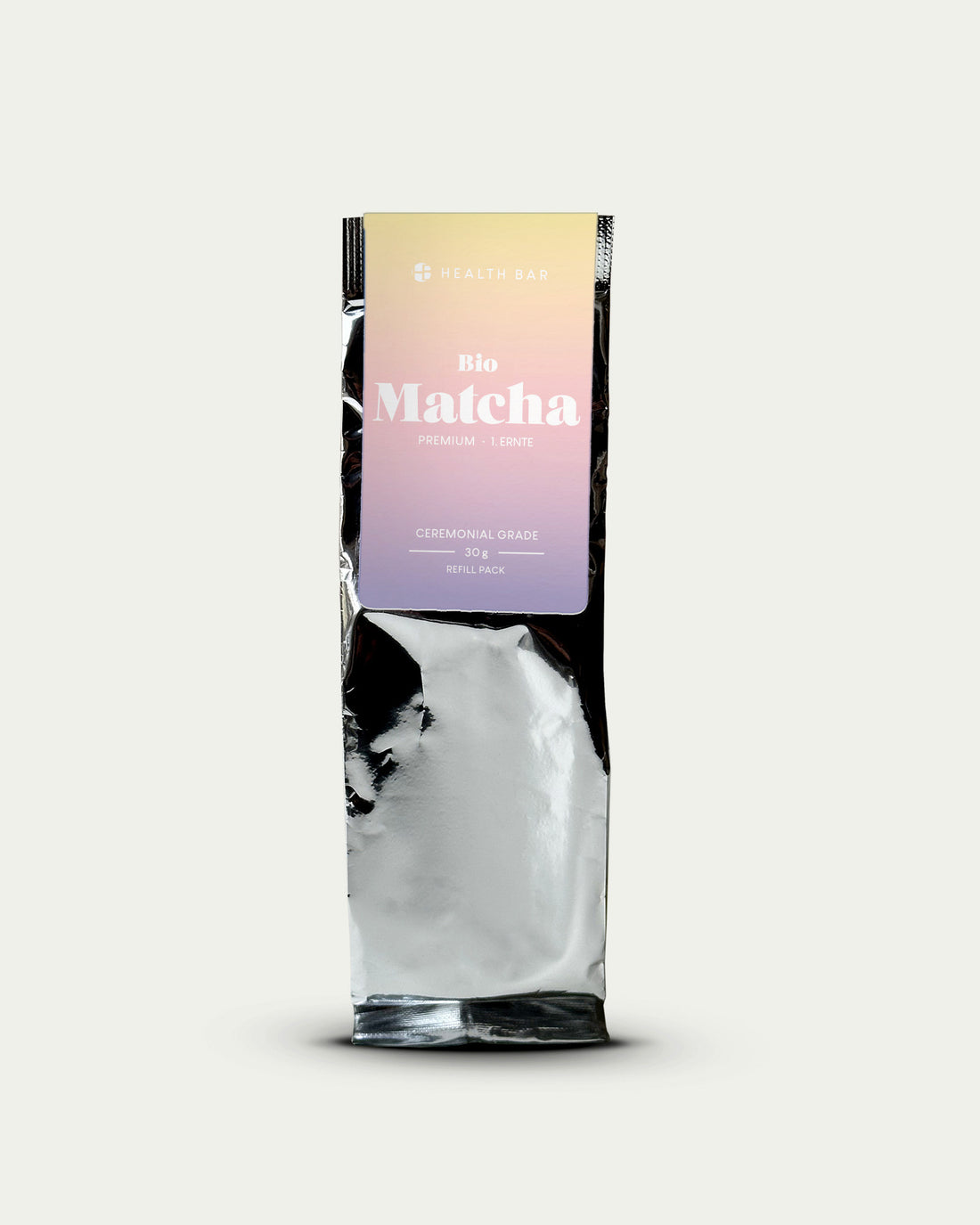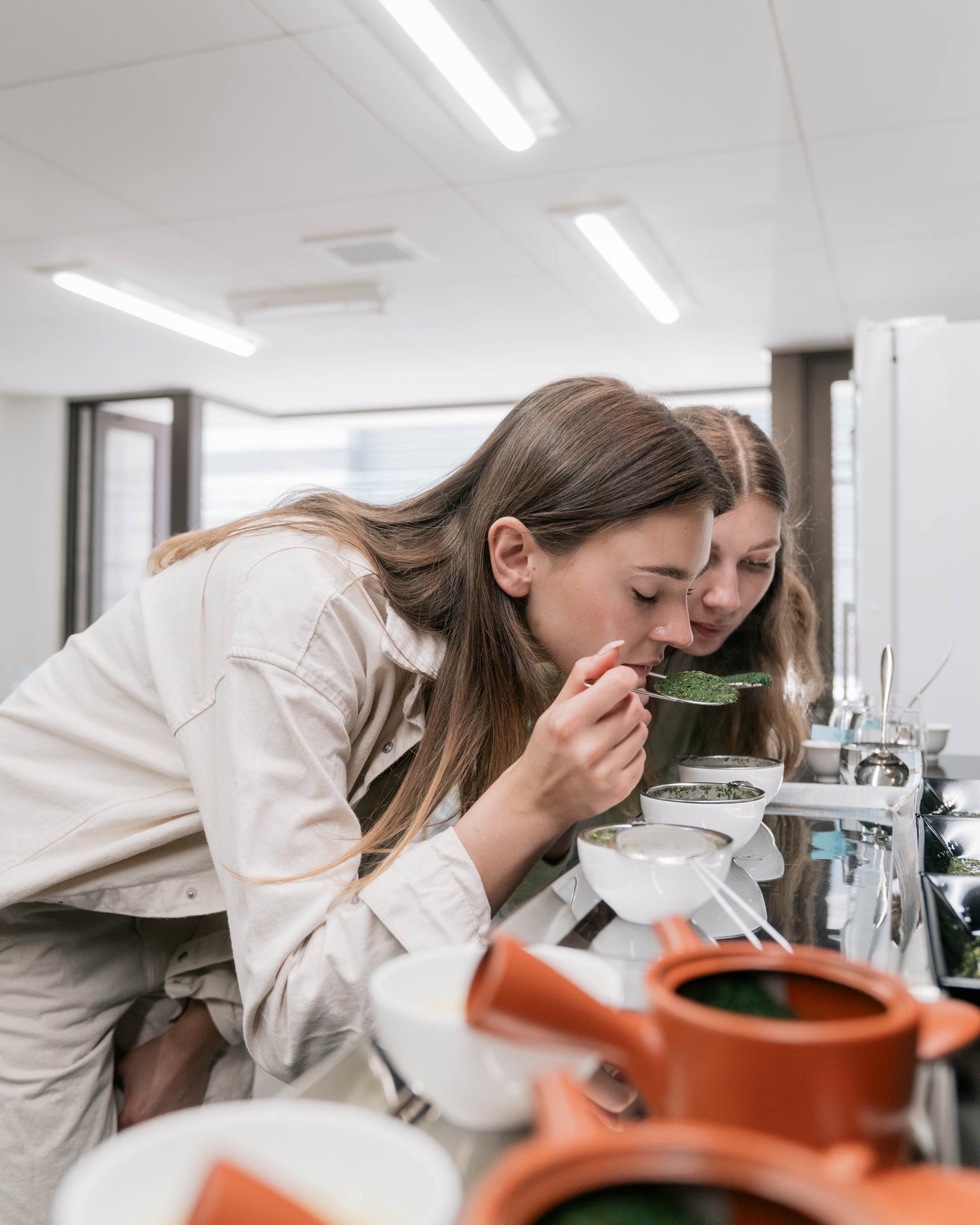
Things to consider when buying Matcha
Matcha: A Guide to Quality Differences and Purchase Recommendations
Matcha is much more than just a trendy drink – it is a traditional Japanese powder made from ground green tea leaves, which impresses not only with its unique flavor but also with its health benefits. However, Matcha is not just Matcha. The quality can vary significantly, and the range goes from simple products for everyday use to high-quality, ceremonial Matcha varieties. In this article, you will learn about the quality differences in Matcha, how to recognize high-quality Matcha, and what to look for when buying.
What is Matcha and why are there differences in quality?
Matcha is a finely ground powder made from specially grown and processed tea leaves. Originally, Matcha comes from Japan, where the tea leaves are cultivated under special conditions. Before they are harvested, the tea plants are shaded for several weeks, which increases the content of chlorophyll and amino acids. This results in a more intense flavor and a deep green color that characterizes high-quality matcha powder.
There are three main categories of matcha qualities.
Types and Quality Levels of Matcha
-
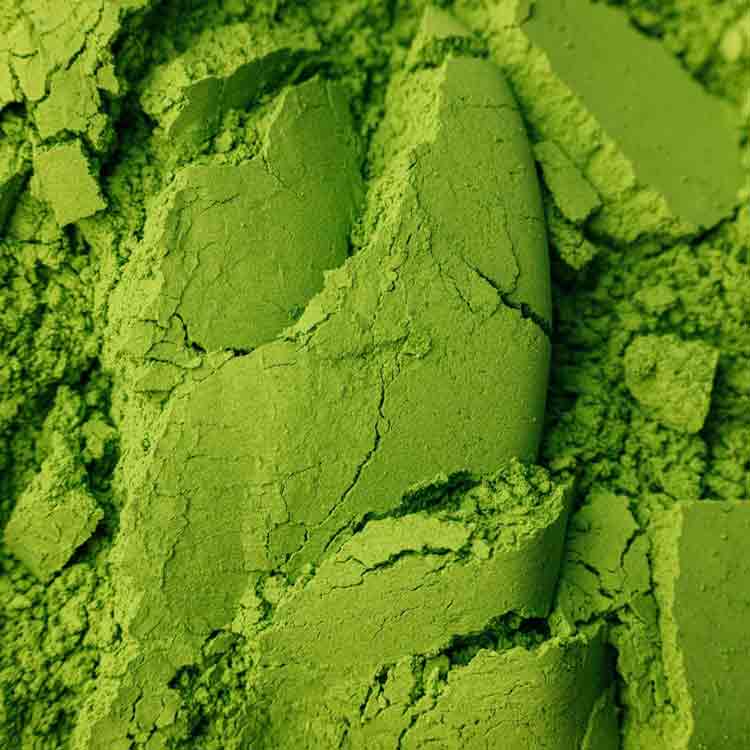
1. Ceremonial Matcha
This highest quality level is often used in the traditional Japanese tea ceremony. Ceremonial Matcha has a bright green color, a sweet, mild taste, and a fine, velvety texture. It is made from the youngest and finest leaves, making it the most expensive variety. This Matcha is ideal for pure enjoyment without additional sweeteners or dairy products.
-
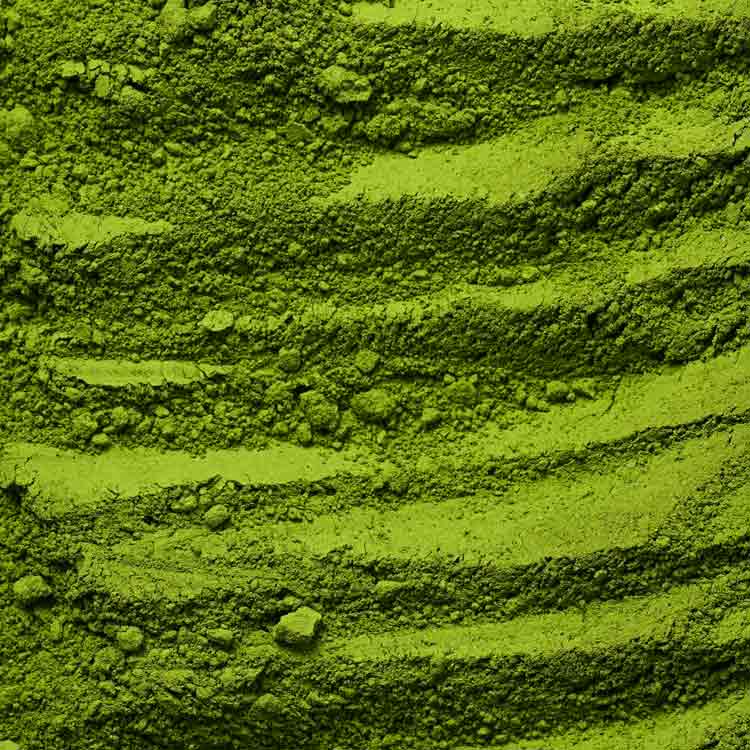
2. Premium/Traditional -Matcha:
This category is also of high quality and can be enjoyed either pure or used for matcha lattes or smoothies. Premium matcha has a slightly stronger, greenish color and a complex flavor that is often slightly bitter. It is made from somewhat older leaves and is priced more affordably than ceremonial Matcha.
-
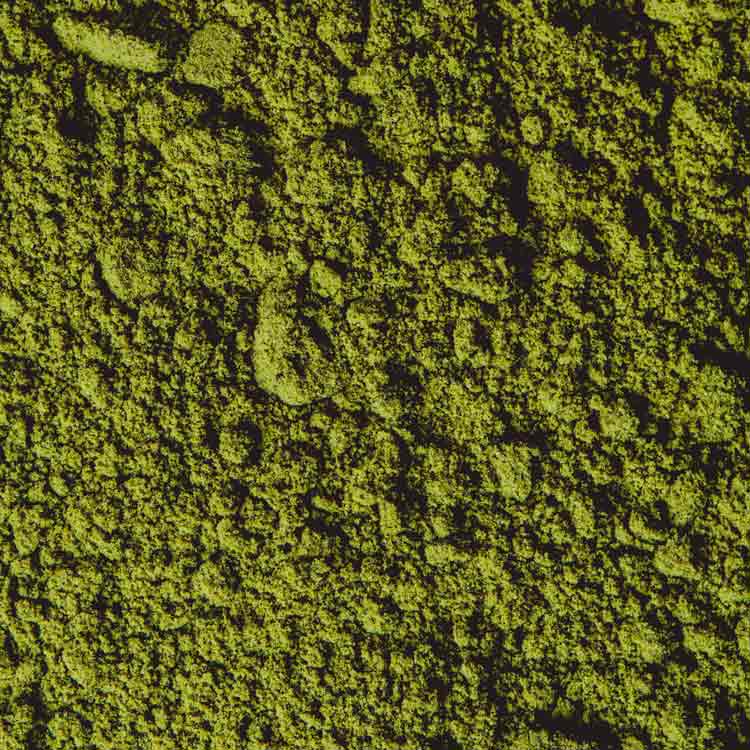
3. Culinary or Cooking Matcha:
This Matcha is well suited for the preparation of dishes and drinks such as matcha ice cream or baked goods. It has a darker, olive green color and a strong, slightly bitter taste. Culinary Matcha is usually made from older leaves and is therefore the most affordable.
The quality of Matcha is influenced by various factors:
cultivation method
Matcha from organic cultivation without chemical additives is usually of higher quality, as the natural shading enhances the flavor and the ingredients.
Harvest and Processing
Tea leaves for high-quality Matcha are hand-picked and carefully processed. The leaf veins and stems are removed, leaving only the leaf flesh, which provides the finest flavor.
Learn moregrowing area
Japanese regions such as Uji, Nishio, and Shizuoka are known for their high standards in tea cultivation. The climatic and soil-specific conditions of these regions lead to particularly high-quality Matcha varieties.
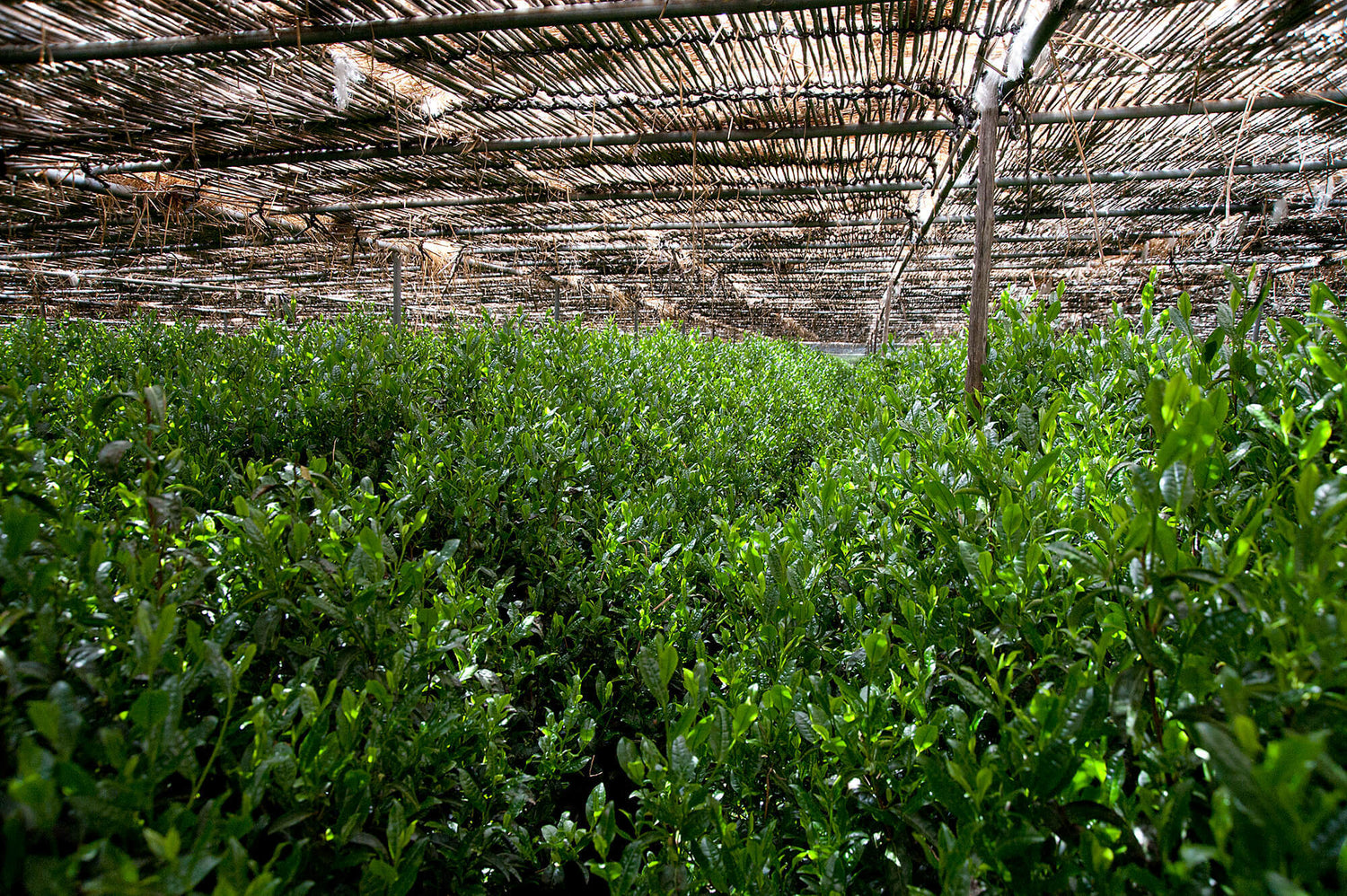
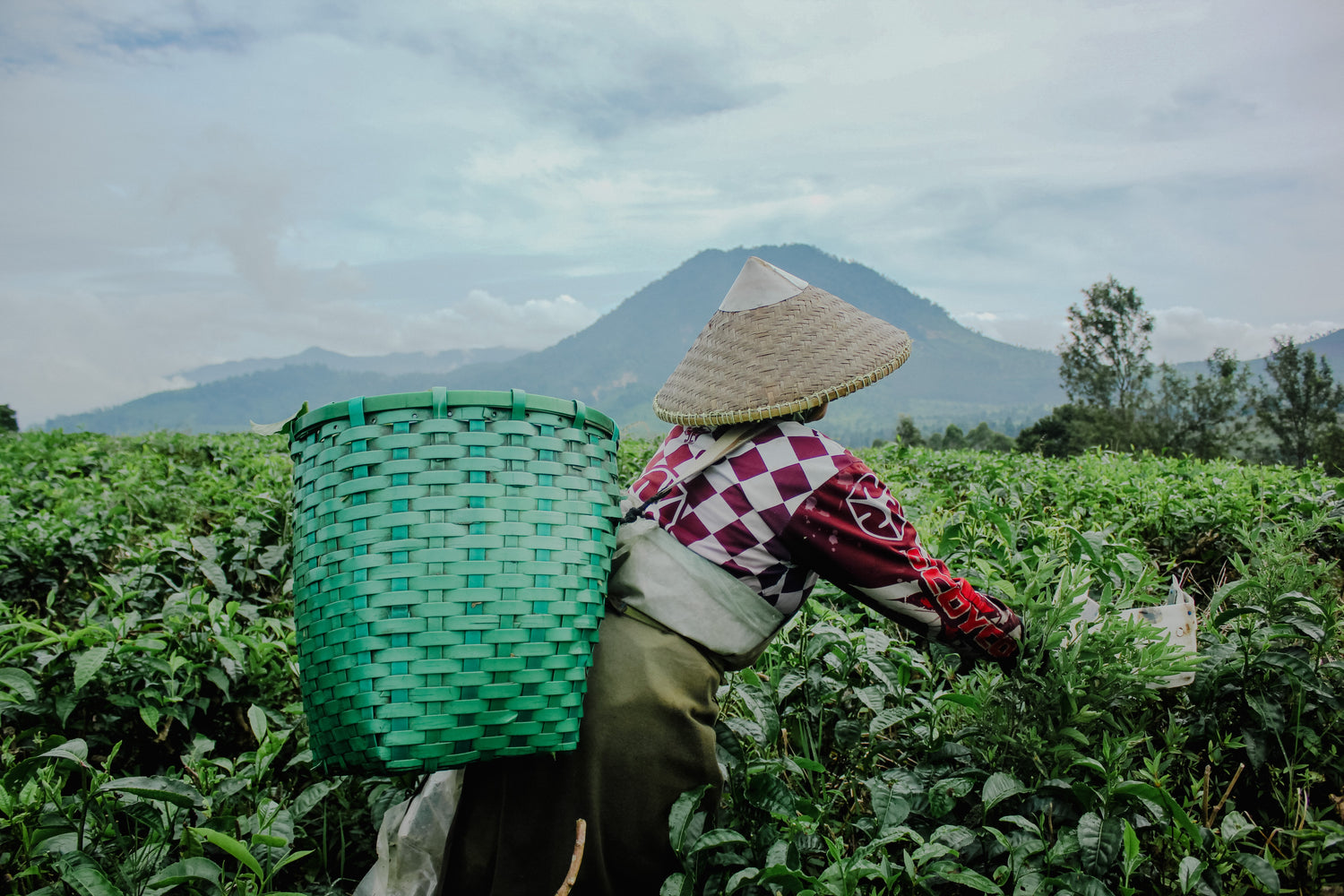

quality features
This is how you recognize high-quality Matcha.
"To ensure that you receive a high-quality product, there are certain features you should pay attention to when it comes to Matcha:"
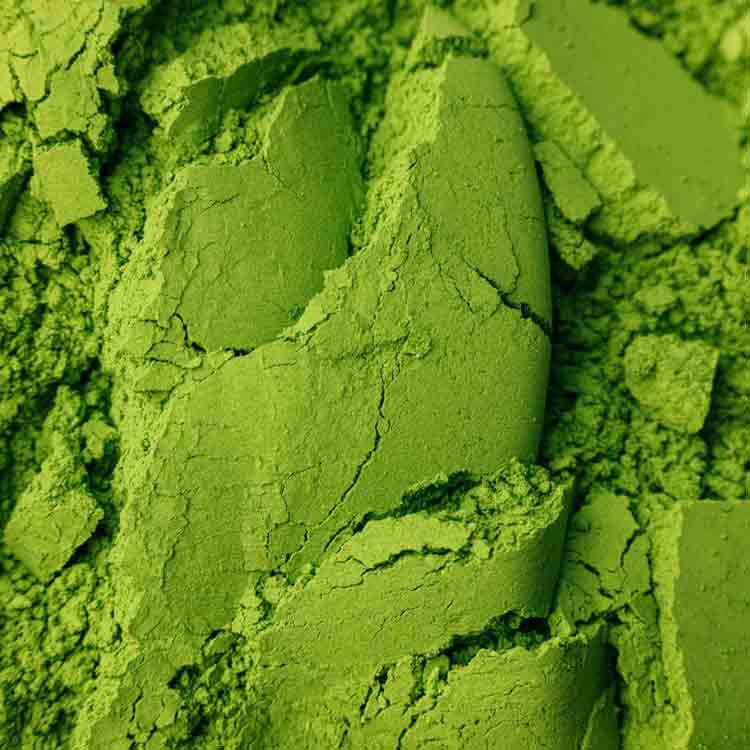
Color
High-quality Matcha has a rich, vibrant green color. A yellowish or brownish tone indicates lower quality.
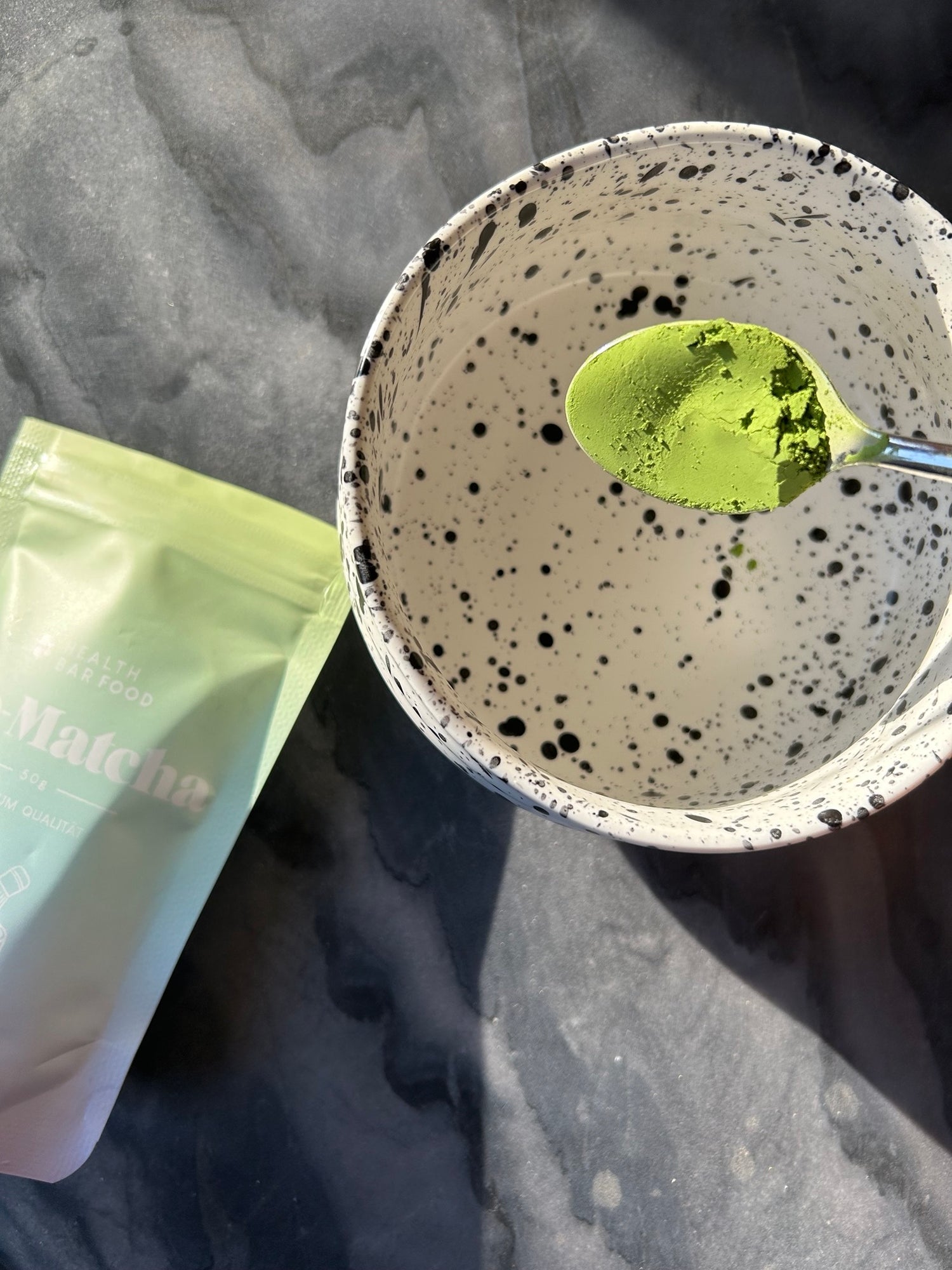
texture
High-quality Matcha has a fine, powdery consistency that feels almost like talcum powder. Lower qualities are often coarser and clumpy.
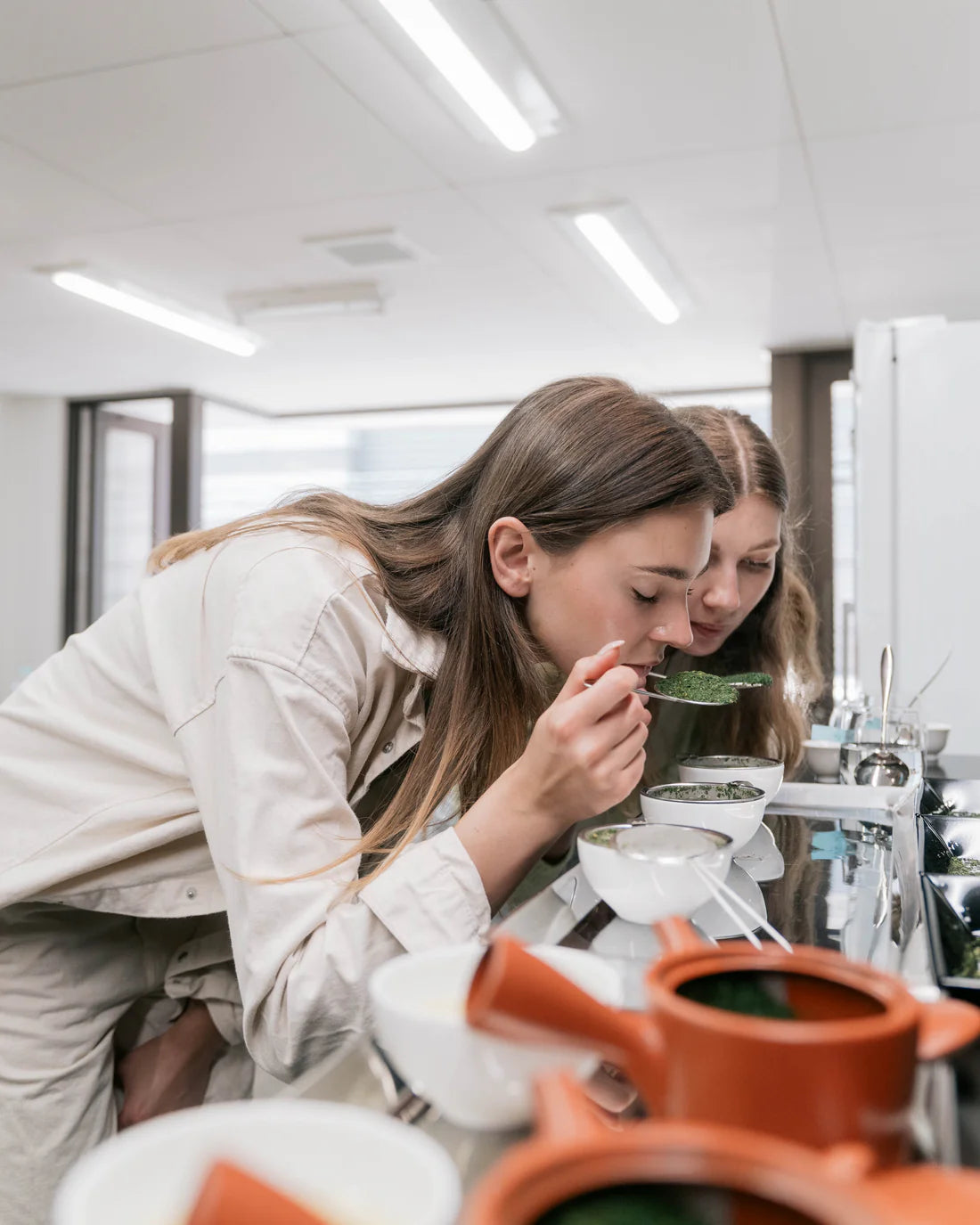
Odor
High-quality Matcha has a fresh, plant-like scent with a sweet note. A musty or grassy smell can be an indication of inferior Matcha.
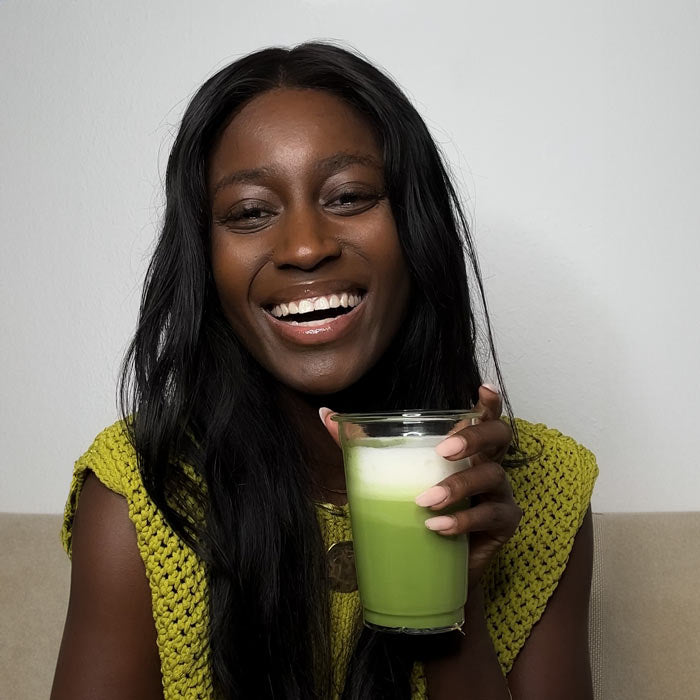
The taste
Matcha of good quality is mild, sweet, and has little bitterness. Lower qualities often have a strong astringent or bitter taste.
Why is high-quality Matcha so expensive?
The production of Matcha is extremely labor-intensive. From shading the tea plants to selecting the leaves and grinding them into fine powder, each step requires care and expertise. High-quality Matcha products also undergo strict quality controls and are often produced in small batches. All these factors contribute to a higher price, which is justified by the quality and flavor.
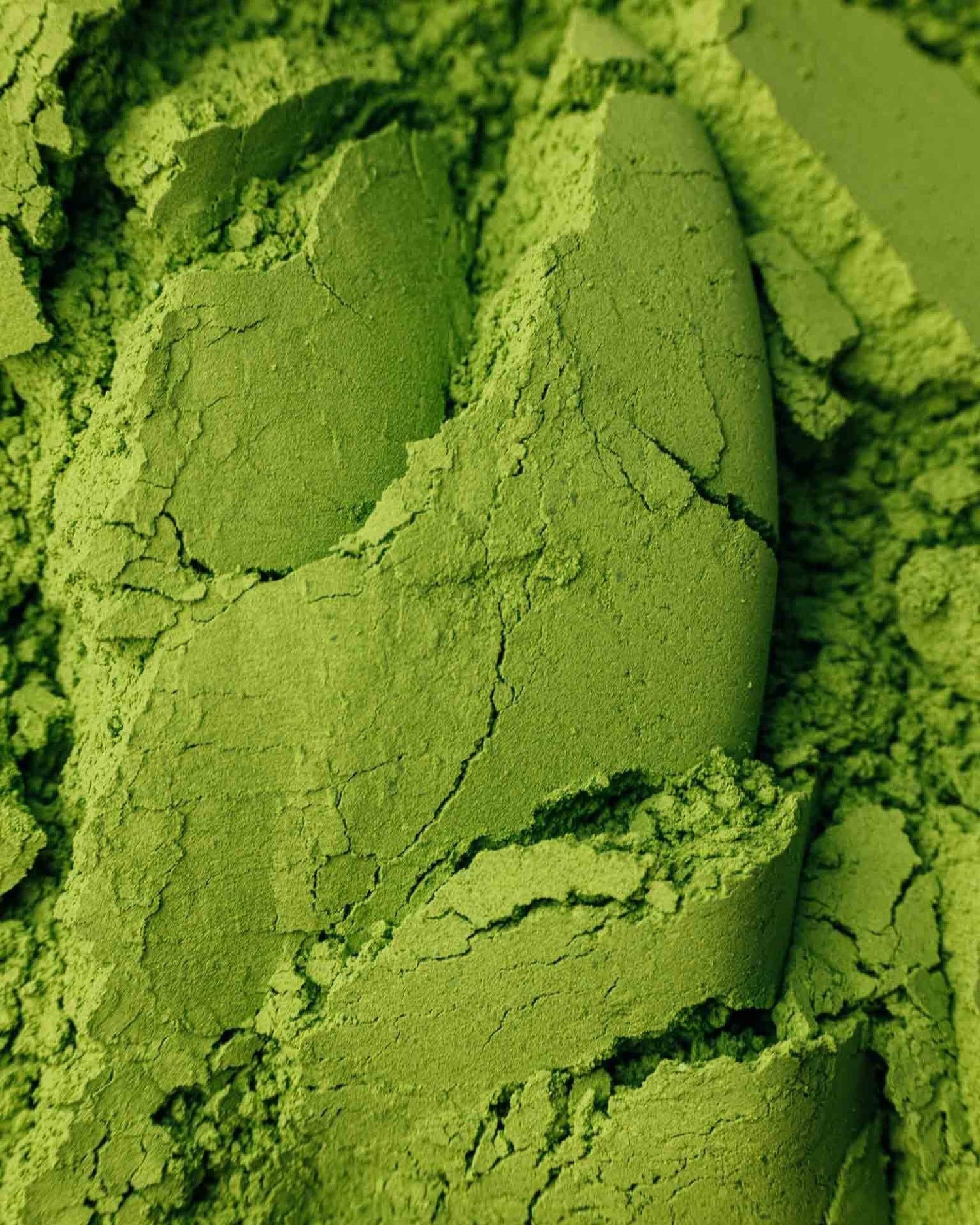
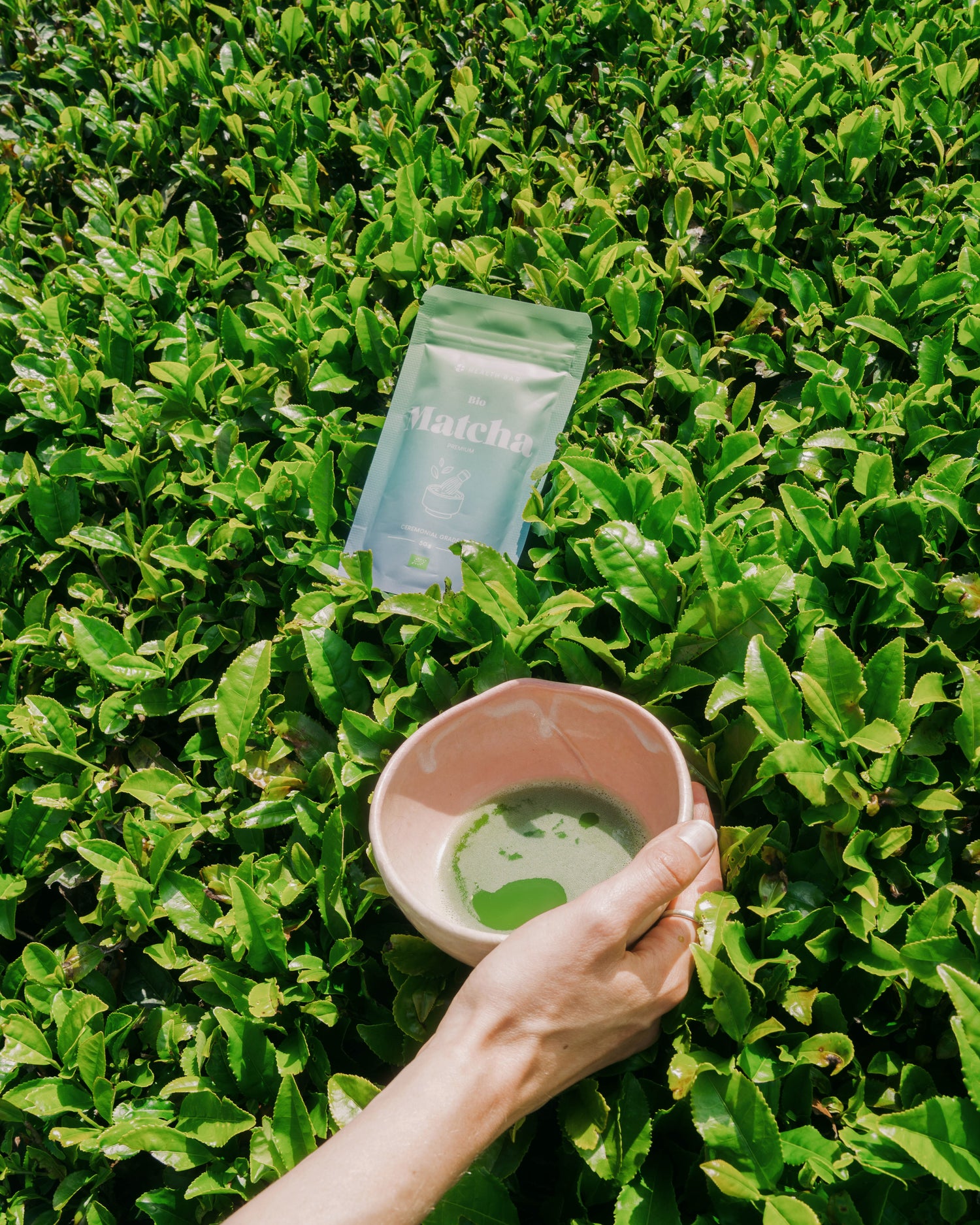
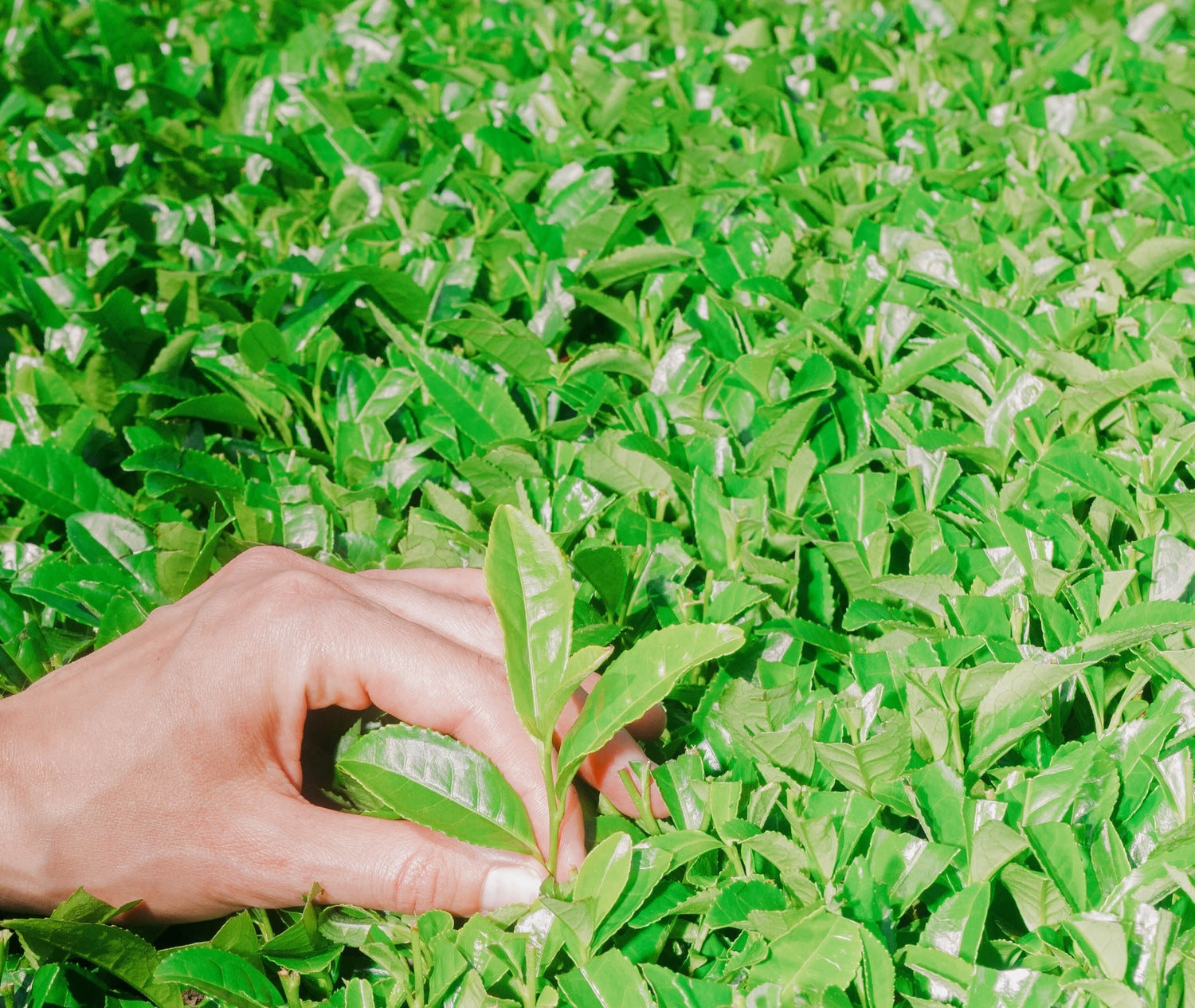

Here you can buy our Matcha.
Discover MatchaThe health benefits of Matcha
Matcha is often referred to as a superfood, and for good reason. The high concentration of antioxidants, particularly the catechin EGCG, promotes overall health and helps reduce inflammation in the body. Other health benefits include:
- Improvement of concentration and attention: Matcha contains L-theanine, an amino acid that has a calming effect and enhances attention.
-Strengthening the Immune System: The antioxidants in Matcha help neutralize free radicals and support the immune system.
- Support for Weight Loss: Matcha stimulates metabolism and can help with weight loss.
Tips for Buying High-Quality Matcha
1. Pay attention to the origin: Japanese Matcha is generally considered the best choice, as the manufacturing processes are more strictly regulated.
2. Read the label: Terms like "ceremonial" or "premium" are a good indication of quality, but certifications like organic seals can also provide valuable information.
3. Consider the price: High-quality Matcha is often more expensive. A very cheap product may indicate inferior quality.
4. Check online reviews: Experiences from other customers can give you an impression of whether the Matcha really has the quality stated.
Conclusion
Matcha is a versatile, healthy, and delicious drink that is available in different qualities. Those who want to fully enjoy the pure pleasure and health benefits of matcha should opt for high-quality varieties such as ceremonial or premium matcha. With a conscious purchase and the right selection, you not only get better quality but also a particularly intense taste experience.






